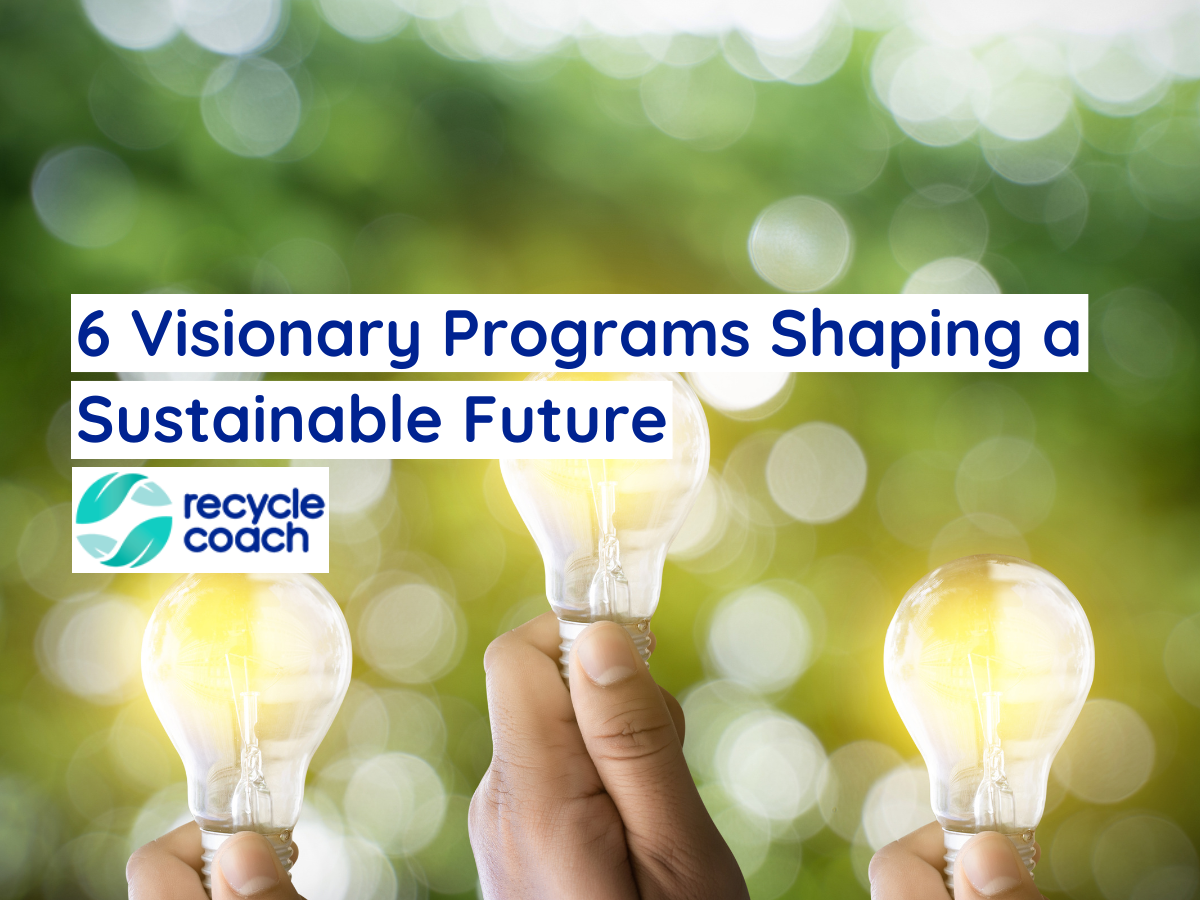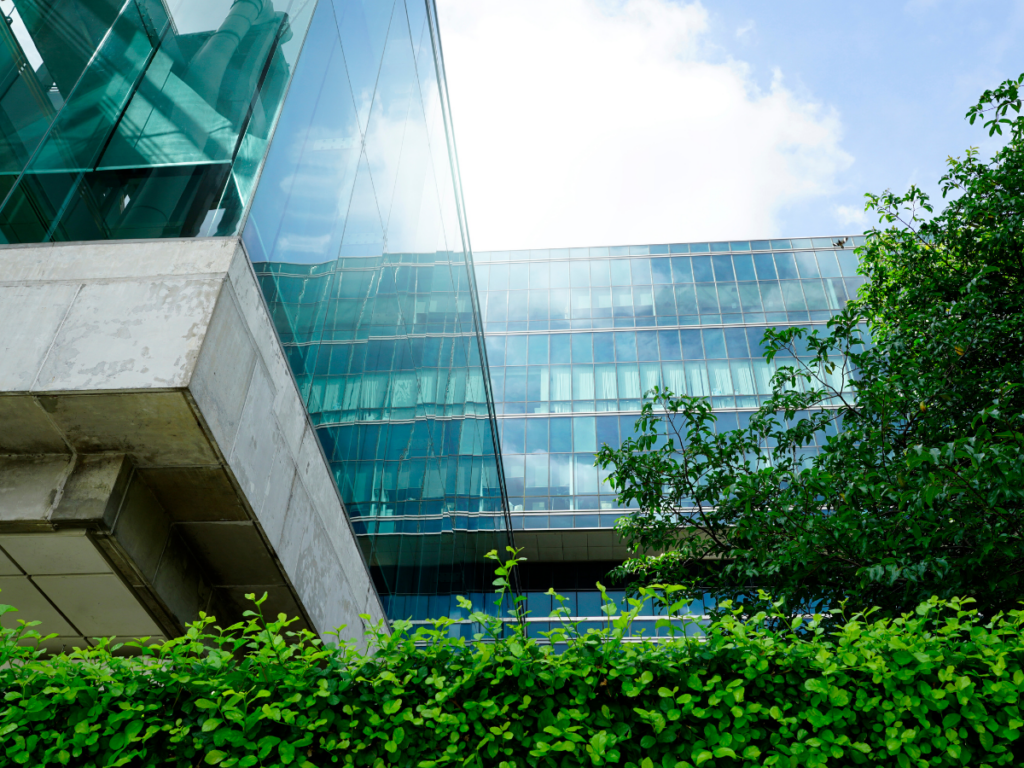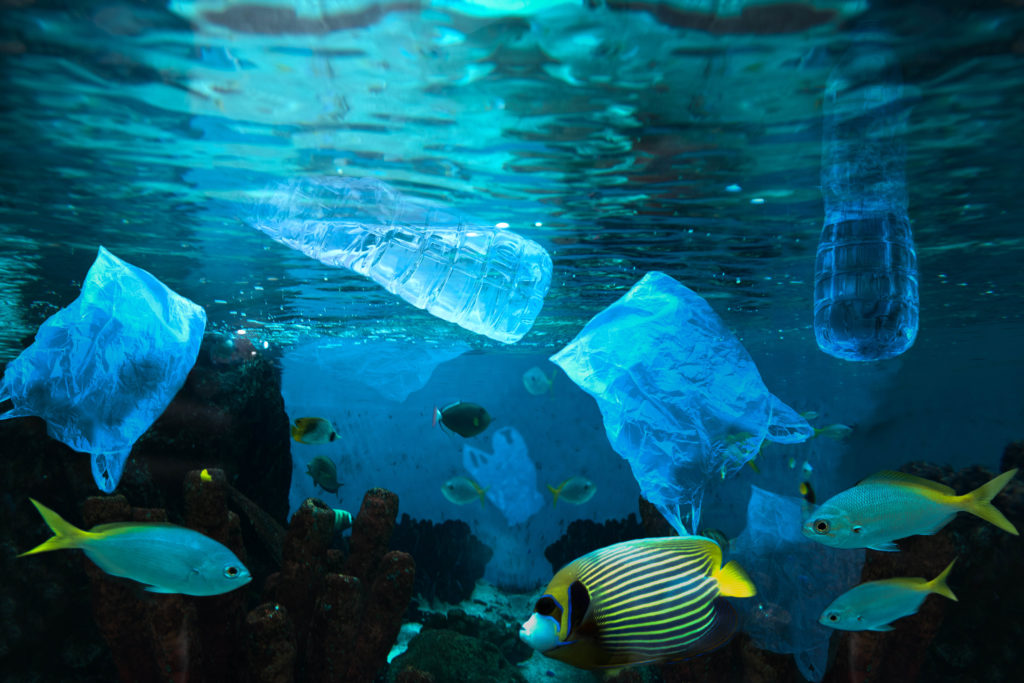6 Visionary Programs Shaping a Sustainable Future

Visionaries make the world go round. They invented the steam and internal combustion engines that have helped build modern civilization. While their dreams fueled progress, they may not have anticipated the challenges that lay ahead.
Today, we recognize the need to address our over-reliance on fossil fuels. Technologists are helping find solutions with these six eco-friendly programs and initiatives steering humanity toward sustainability.
1. The Ellen MacArthur Foundation Circular Economy Network

The Ellen MacArthur Foundation is a charity dedicated to advancing the circular economy — an alternative to the throw-away model that has been the root of the planet’s environmental ills.
Circularity is the next step to sustainability, and this nonprofit is the thought leader in this domain. The Ellen MacArthur Foundation produces insightful resources, hosts events, and facilitates projects to address the needs of organizations wanting to adopt circular thinking and invest in transformational change.
For plastic circularity alone, it works with over 1,000 organizations, including the Coca-Cola Company, PepsiCo, Unilever, L’Oréal, and Walmart.
2. Regenerative Supply Chain Management
The supply chain industry is embracing regeneration to minimize adverse environmental impacts and become more sustainable. Regenerative practices include:
- Redesigning products and recalibrating processes with circularity in mind.
- Launching recycling and take-back programs.
- Sourcing materials and components locally.
- Adopting repurposed, recycled, or biodegradable packaging.
- Decarbonizing transportation — like upgrading to fuel-cell electric trucks and improving mileage at every turn.
- Using digital technology to track goods in real-time and close visibility gaps.
- Promoting transparency and collaboration among stakeholders to hold each one accountable and meet goals.
- Putting a premium on adaptability and flexibility to build resilience to disruptions due to natural disasters, geopolitical events, and effects of climate change.
Regenerative supply chains aim to abandon the linear system that begins with resource extraction and ends in waste. It will take time before more business jumps on board. Still, this approach to supply chain management is a step in the right direction.
About 26.7 million tons of plastic waste leak into terrestrial and aquatic environments yearly. A more sustainable supply chain industry can help stop the bleeding from here on out.
3. The Green Building Initiative (GBI)

This nonprofit aims to standardize the best practices in resource-efficient commercial structure construction. The GBI offers third-party assessments and certifications to help relevant stakeholders validate the sustainability of 21st-century buildings by promoting carbon neutrality, circularity, water efficiency, and climate resilience.
Climate-aware building codes are still in the works. The GBI plays a crucial role in providing much-needed guidance to the global construction industry, which is under pressure to adapt to the times and lead the way in sustainability.
4. Ocean Legacy Foundation

The Ocean Legacy Foundation is a Canadian non-profit founded in 2013 to tackle ocean plastic waste. With support from the founders, volunteers, and experts, the EPIC program integrates education, policy, infrastructure development, and cleanup efforts to address plastic pollution worldwide.
Focused on ecologically sensitive areas lacking waste management, EPIC aims to restore ecosystems by developing plastic collection infrastructure to retrieve ocean plastics. The collected plastics are then turned into high-grade post-consumer plastics to create new products such as plastic lumber.
Ocean Legacy Foundation guides communities toward sustainable plastic management solutions when coastal plastic crises arise.
5. The Smog Free Project
This campaign gave birth to various urban structures designed to clean 30,000 cubic meters of pollution per hour and purify the air in public spaces for free. It uses patented positive ionization technology and runs on 1,170 watts of green electricity.
So far, the Netherlands, Poland, South Korea, India, China, and Mexico have had smog-free towers or similar structures.
6. Mexico City’s Rainwater Harvesting Program

The Mexican capital is a shining example of a climate-aware government. Its mayor has launched a social program to install tens of thousands of rainwater collection systems to address the city’s lingering water scarcity woes.
The local government has taken the cue from the researchers who determined the areas with high water demand and adequate precipitation to identify which communities can benefit the most from rainwater harvesting. Mexico City officials also have drawn inspiration from the nonprofits that have been helping informal settlements with no access to municipal pipes get clean water for various household uses.
This story proves the difference the authorities can make when they listen to data and act on its insights.
Attaining Sustainability One Visionary Initiative at a Time
Humanity innovated its way to its current environmental challenges. Humanity will innovate out of it, too. Hopefully, these visionary programs inspire millions to be part of the solution and develop actual solutions to better the planet.
Author Bio
Oscar Collins is the editor-in-chief at Modded. He has extensive experience writing about sustainability, green living, and electric vehicles, contributing to publications like Earth911, Mindset Eco, and Green Union. Follow him on Twitter @TModded for frequent updates on his work.